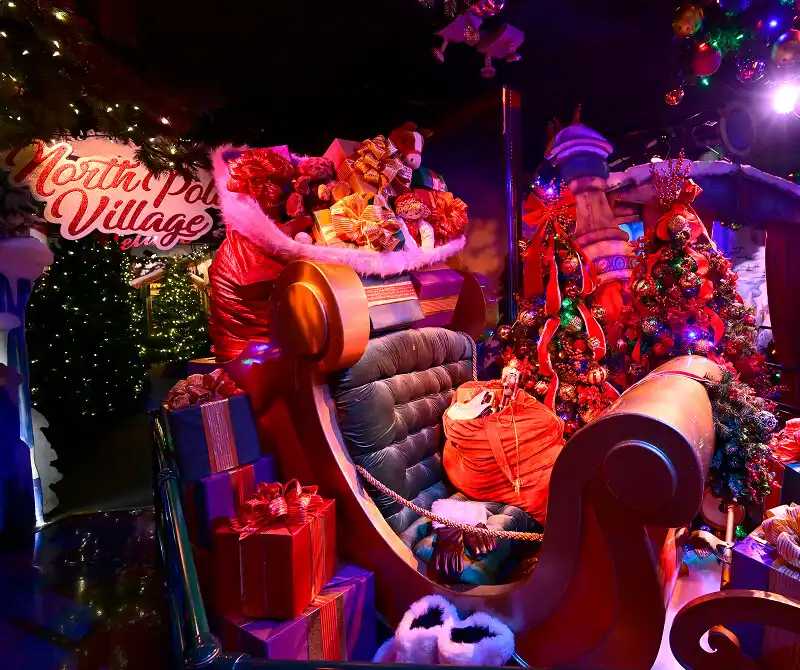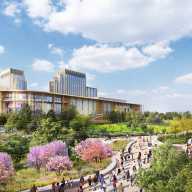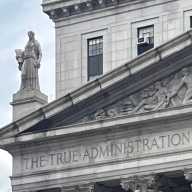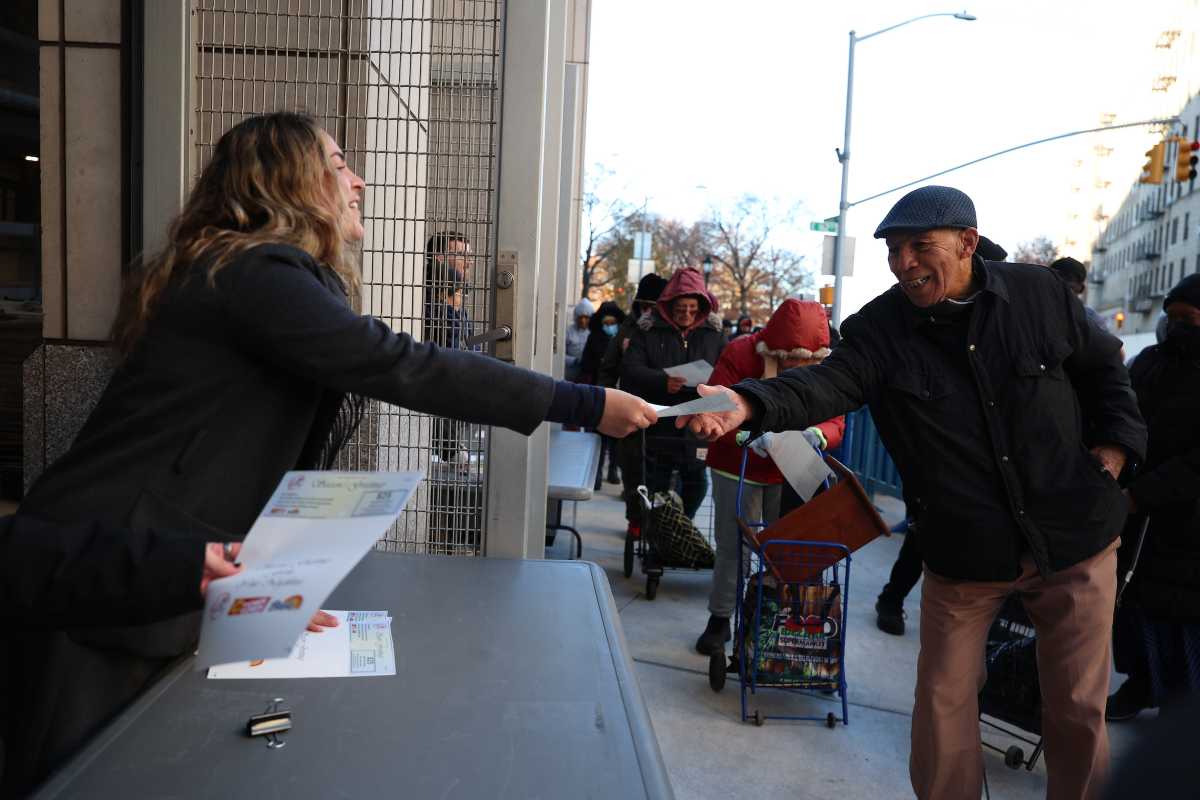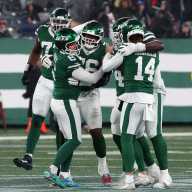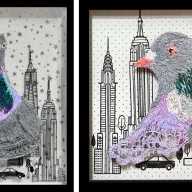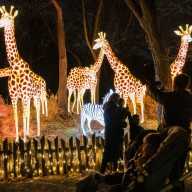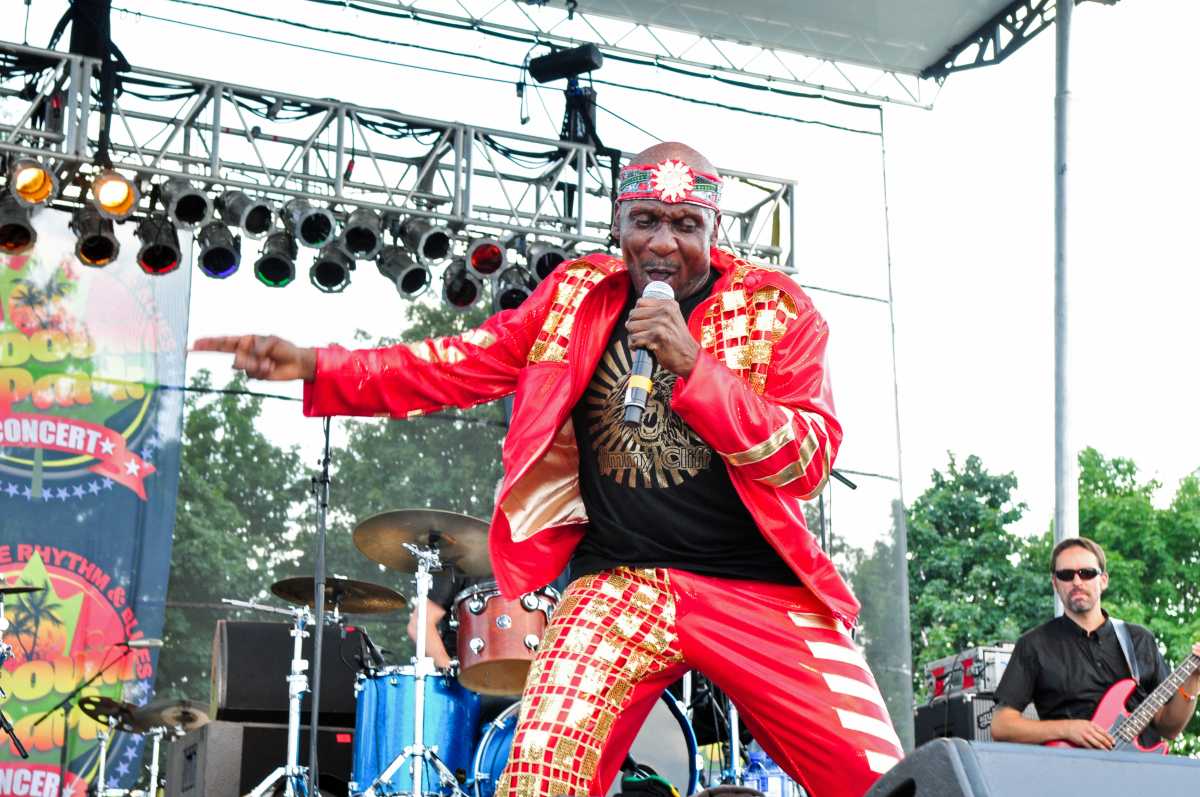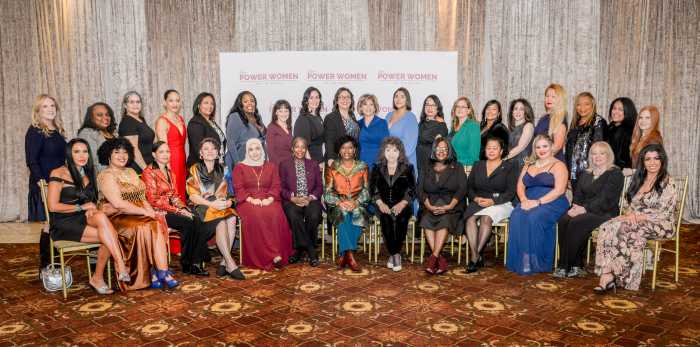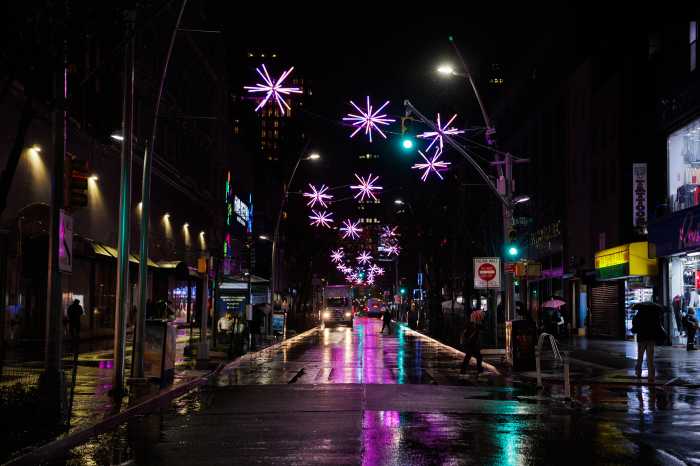Langston Hughes, considered the “Poet Laureate of Harlem” in the 1920s, saw his renown soar far beyond the bounds of his neighborhood by the time he died in 1967.
Today, the power of his words, in poems such as “The Negro Speaks of Rivers” and “Harlem” remains undiminished, and the message of our shared fate, so poignantly expressed in “I, Too” and “Theme for English B” are stark reminders of how far we still must travel as a nation.
But as a leading voice of the Harlem Renaissance, Hughes wrote much more than poetry, and his first novel, the wonderful 1930s coming-of-age story “Not Without Laughter,” is being reissued on Penguin Classics, with an introduction by Brooklyn author Angela Flournoy, a National Book Award finalist in 2015. Flournoy highlights the degree to which the novel addresses many of the themes that Hughes would write about and wrestle with throughout his life — the plight of everyday African-Americans, the importance of music in black life, the hesitancy with which he approached his sexuality.
amNewYork spoke with Flournoy ahead of a discussion Wednesday on Hughes’ life and legacy at the Langston Hughes Historical Home in Harlem.
Was Hughes the first author to focus on the “common” black experience?
Well, you know, that’s interesting, I’m always careful about saying who was the first to do anything, but I think that things sort of come in and out of fashion, and so I think in the ’20s and in the ’30s, he was the person, kind of championing the everyday kind of ordinary black person, along with, I would say, Zora Neale Hurston. But if we look to say the early 1900s . . . Paul Laurence Dunbar, absolutely in his poetry and his fiction, was also doing that. So it may be that things sort of wax and wane, they become popular and then people decide, oh, we’ve got to talk about the best and brightest among us and not about the common folk, and then you kind of need someone to come along again and say, yeah but what about the common folk.
Do you have any favorite poems of his?
I am a fan of poems when he was younger . . . “The Negro Speaks of Rivers” and many from his first two collections stand out to me as really setting the tone for some of the things . . . that end up kind of carrying through throughout his life, which is an interest in black speech and the kind of musicality of black language and expression, but also the innovation of that language, the constant invention and reinvention that happens as black people employ English.
Was Hughes’ work popular with the everyday African-Americans who inspired his writing?
The Harlem renaissance is a multi-disciplinarian, genre-encompassing term, there was music, there was dance, there was literature, there was visual arts . . . this was popular culture. … As far as literature, I would say Langston Hughes . . . he’s not sort of like a niche what we might consider now, like a “poet that the hipsters like.” He was always a populist sort of poet, for everyone.
If you go: Angela Flournoy, Chris Jackson and Doreen St. Felix will discuss the legacy of Langston Hughes on Wednesday at 7 p.m. at The Langston Hughes House, 20 E. 127th St., itooarts.com, FREE
Hughes’ roots still run deep in Harlem:
- The YMCA in “Theme for English B” is “the big one on 135th and Lenox, which is where he lived when he was a student (at Columbia for a brief time) and a lot of young black writers lived there at some point,” Flournoy said.
- Nightclubs in the upper 130s, on Lenox Avenue and Adam Clayton Powell and Frederick Douglass boulevards were “the clubs that people like him could afford,” Flournoy said. “There were the big famous clubs, like The Cotton Club, but they were expensive and they didn’t necessarily want a lot of Negro clientele even though all the stars were Negro.”
- The Langston Hughes House, 20 E. 127th St., where he lived from 1947 until his death in 1967 is currently home to the I, Too Arts Collective, a nonprofit “committed to nurturing voices from underrepresented communities in the creative arts.”




